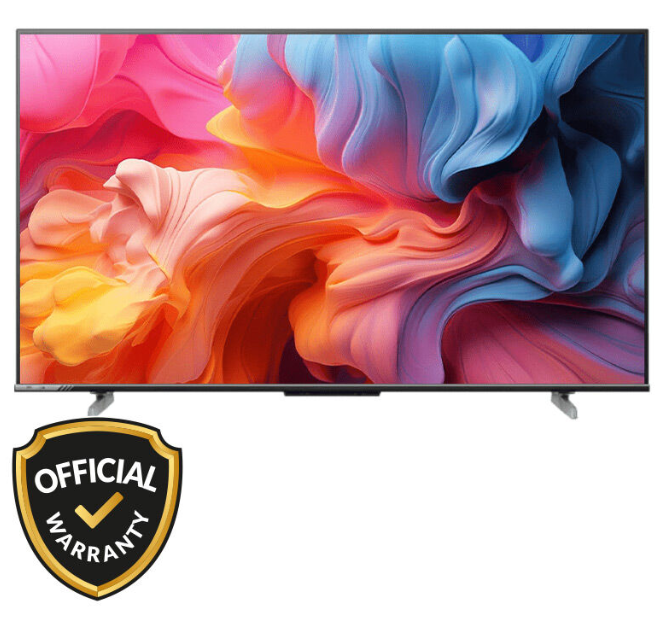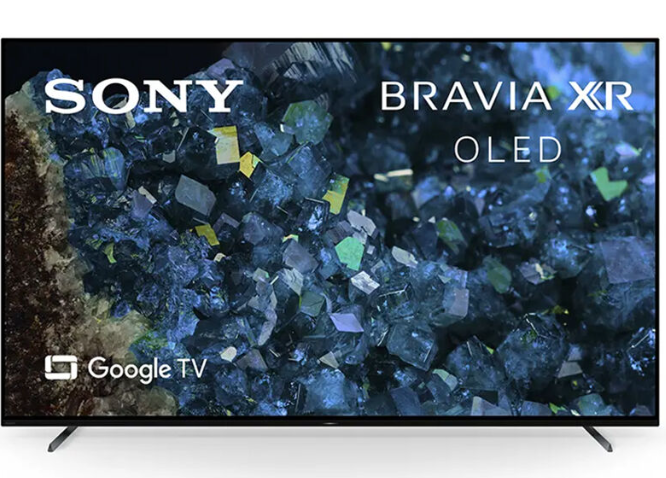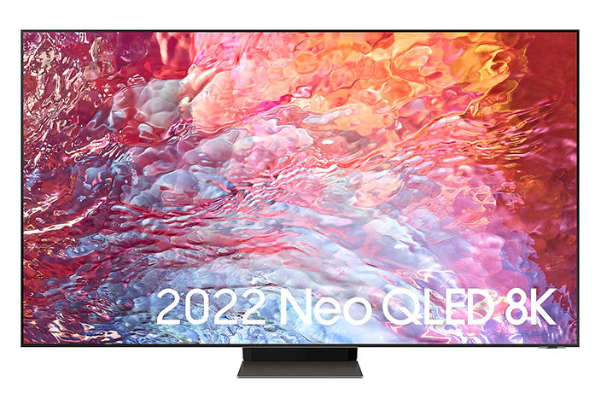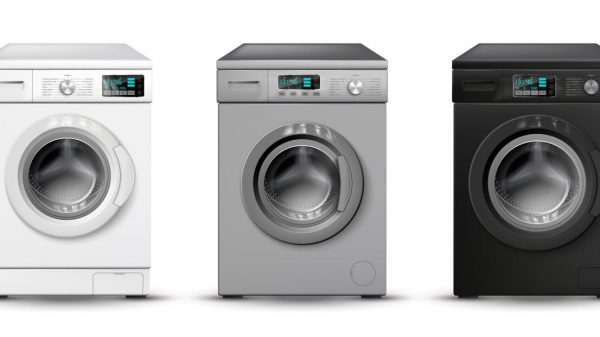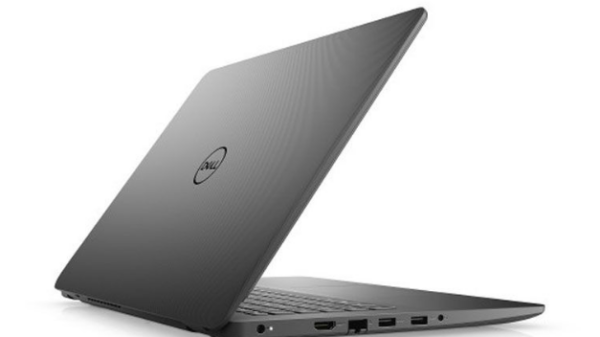OLED (Organic Light Emitting Diode) and QLED (Quantum Dot Light Emitting Diode) are two leading technologies in the realm of high-definition television displays. Each offers distinct advantages.
Both technologies cater to different viewing preferences and environments, offering consumers a choice based on their specific needs and preferences. In this Pickaboo blog, let’s see the differences between OLED and QLED TV.
When comparing QLED and OLED TV image quality, both technologies excel in different aspects. OLED TVs are renowned for their superior contrast and black levels because each pixel can emit its light or turn off completely, resulting in true blacks and excellent color accuracy. This makes OLED ideal for watching movies or content in dark rooms where subtle details and deep shadows are crucial.
On the other hand, QLED TVs leverage quantum dots to achieve exceptional brightness levels and a wider color gamut. This technology enhances the overall brightness of the screen, making QLED TVs well-suited for well-lit rooms or environments where minimizing glare is important. QLED also tends to maintain color accuracy at higher brightness levels, ensuring vibrant and realistic colors across various viewing conditions.
Ultimately, the choice between QLED and OLED depends on personal preference, viewing environment, and specific priorities such as contrast, brightness, and color accuracy.
-
QLED vs. OLED: Panel type
QLED (Quantum Dot Light Emitting Diode) and OLED (Organic Light Emitting Diode) represent two distinct panel types used in modern televisions. OLED panels are characterized by each pixel emitting its light, allowing for true blacks and exceptional contrast, as well as wider viewing angles compared to traditional LED-backlit LCDs. This technology results in thinner screens and more energy-efficient displays.
In contrast, QLED TVs utilize Quantum Dot technology on top of traditional LED-backlit LCD panels. Quantum Dots are microscopic nanocrystals that enhance the color and brightness of the display by converting light more efficiently. QLED TVs can achieve higher peak brightness levels than OLED, making them suitable for brighter viewing environments.
The choice between QLED and OLED panel types often comes down to specific preferences for contrast, viewing conditions, and energy efficiency, with both technologies offering impressive advancements in television display quality.
-
QLED vs. OLED: Video quality and viewing angles
When it comes to video quality and viewing angles, OLED and QLED technologies offer distinct experiences. OLED TVs stand out for their exceptional contrast ratios and deep blacks, as each pixel emits its light and can be individually turned off, resulting in perfect black levels and outstanding detail in dark scenes. This capability also enhances the viewing angles, allowing for consistent color and brightness even when viewed from the side.
In contrast, QLED TVs, while delivering vibrant colors and high brightness levels due to Quantum Dot technology, tend to have narrower viewing angles compared to OLEDs. This means that the picture quality can degrade when viewed off-center, although advancements in QLED technology continue to improve these angles. For users prioritizing deep blacks and wide viewing angles, OLED is often the preferred choice, while QLED remains a strong contender for its brightness and color accuracy, especially in bright rooms.
-
QLED vs. OLED: Functions
QLED and OLED TVs offer different functionalities that cater to varying user preferences and viewing environments. OLED technology excels in delivering superior picture quality with deep blacks, vibrant colors, and wide viewing angles, making it ideal for home theater setups where image fidelity and immersive viewing are paramount. Additionally, OLED panels are inherently thinner and lighter, enhancing the aesthetic appeal of the TV.
On the other hand, QLED TVs leverage Quantum Dot technology to achieve brighter displays and maintain color accuracy even in well-lit rooms. They often come with features like higher peak brightness levels and better HDR performance, making them suitable for dynamic content like sports and gaming. QLED TVs also tend to be more energy-efficient compared to OLEDs, appealing to environmentally-conscious consumers.
-
QLED vs. OLED: Price
When comparing prices, QLED and OLED TVs typically differ due to their underlying technologies and manufacturing costs. Generally, QLED TVs tend to be more affordable than OLEDs, especially in larger screen sizes. This affordability is partly due to the widespread use of LED-backlit LCD panels augmented with Quantum Dot technology, which helps maintain competitive pricing while delivering excellent color accuracy and brightness.
On the other hand, OLED TVs, with their individually lit pixels and superior contrast ratios, often command a premium price. The manufacturing process for OLED panels involves intricate technology that contributes to higher production costs, reflected in the retail price. However, prices for both QLED and OLED TVs can vary based on brand, features, and market demand, offering consumers a range of options to match their budget and viewing preferences.
Conclusion
The choice between QLED and OLED TVs hinges on a variety of factors including picture quality preferences, viewing environment, and budget considerations. OLED technology excels in delivering deep blacks, vibrant colors, and wide viewing angles, making it ideal for home theater enthusiasts seeking uncompromising visual fidelity. Meanwhile, QLED TVs leverage Quantum Dot technology to offer brighter displays with excellent color accuracy, suitable for dynamic viewing environments like bright rooms or spaces used for gaming and sports. Ultimately, understanding these distinctions allows consumers to make an informed decision based on their specific needs and priorities in television viewing. Lastly, you can check updated smart TVs from here.

